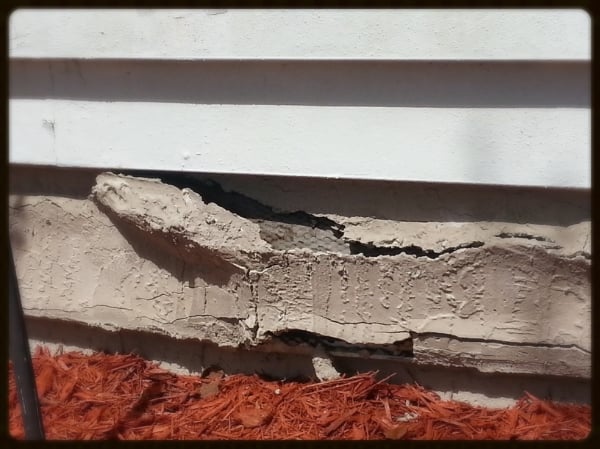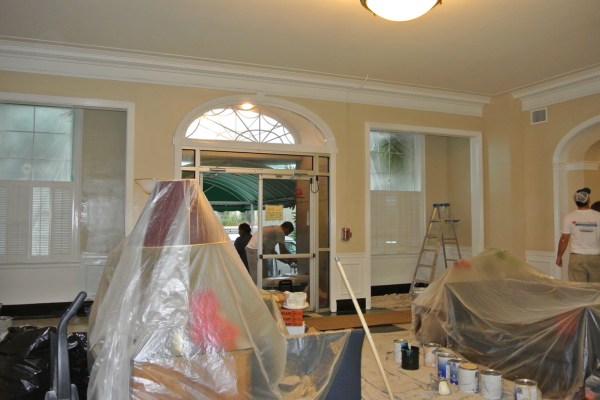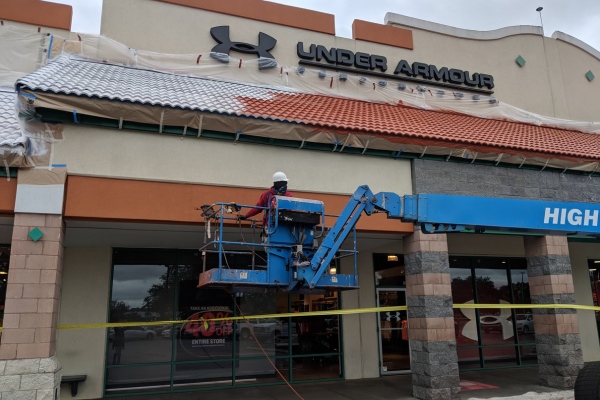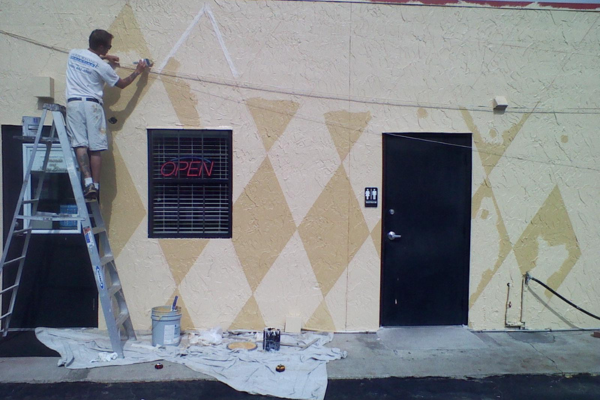Stucco is one of the most popular exterior wall finishes used in residential, multi-family, and commercial projects. That’s not only because it can last more than other finishes, but also because it’s easy to install and versatile, providing an ideal finish for any construction, including concrete, brick, and wood. Furthermore, stucco paint is available in a wide variety of colors, tints, shades, and tones, which can be further combined to turn buildings into stunning artworks.
Exterior Stucco Paint: Maintenance and Repair
 Just like any other paint, stucco paint fades and erodes away due to weathering and aging. Without proper paint maintenance, stucco will become more prone to water seepage, a frequent cause of extensive structural damage.
Just like any other paint, stucco paint fades and erodes away due to weathering and aging. Without proper paint maintenance, stucco will become more prone to water seepage, a frequent cause of extensive structural damage.
By simply following the next seven tips, you can keep exterior stucco in good condition and avoid costly repairs.
- Check for paint cracking, bubbling, and peeling: Freshly applied paint can crack, bubble, and peel within days. Keeping an eye on all painted surfaces for a couple of weeks after a paint job has been completed and then checking exterior walls for defects twice a year is critical to detect early paint failure and implement corrective measures in an expeditious manner.
- Inspect exterior walls under different weather conditions: Although stucco paint can last for many years, performing regular inspections in hot and cold weather will allow you to detect unexpected problems. Since walls expand and contract according to changes in temperature, a small, superficial crack observed on a hot day may reveal a wider, deep crack when inspecting the surface in colder weather.
- Repair cracks and holes: Whereas minor cracking in stucco and paint may occur as a result of thermal expansion and contraction during seasonal temperature variations, holes are typically caused by direct impact. To fill cracks and holes, use a high-quality waterproof and paintable acrylic caulk. You can also use elastomeric paint, which is thick enough to cover fine cracks.
- Prevent stucco paint failure: To prevent premature paint failure, painters must apply the right painting techniques and follow the paint manufacturer’s recommendations regarding temperature and relative humidity ranges. As a general rule, paint should never be applied to hot, damp, and dirty surfaces, or during very hot, cold, dry, humid, and/or windy weather.
- Choose the right product: As stucco is more prone to water and moisture absorption than other wall finishes, opting for a good-quality waterproofing primer and paint is critical to extend the life of your exterior walls. Acrylic latex paint performs best on stucco, offering excellent coverage and superior color retention.
- Wash your walls: To prevent dust and dirt buildup, wash your home’s exterior twice a year. Fan-type sprayers have been specifically developed to allow property owners wash stucco without any risk of deterioration. Warm water, scrub brushes, mild detergent, and commercial cleaning solutions can be used to remove persistent dirt and stains from exterior stucco.
- Remove mold: Mold can grow within weeks after the application of a fresh coat of stucco paint. If you see signs of mold, use a soft brush or sponge to apply an anti-mold solution to the area. Allow it to soak properly into the wall for about 30 minutes, rinse it, and check the area after 24 hours. To ensure the best results, reapply the solution, following the same procedure. Once the treated area has fully dried, you can repaint the entire wall for the best possible appearance.
Whether you need our help or want to share your knowledge, experience, or lessons learned while trying to bring exterior painted stucco back to life, we invite you to use our comment form below.






